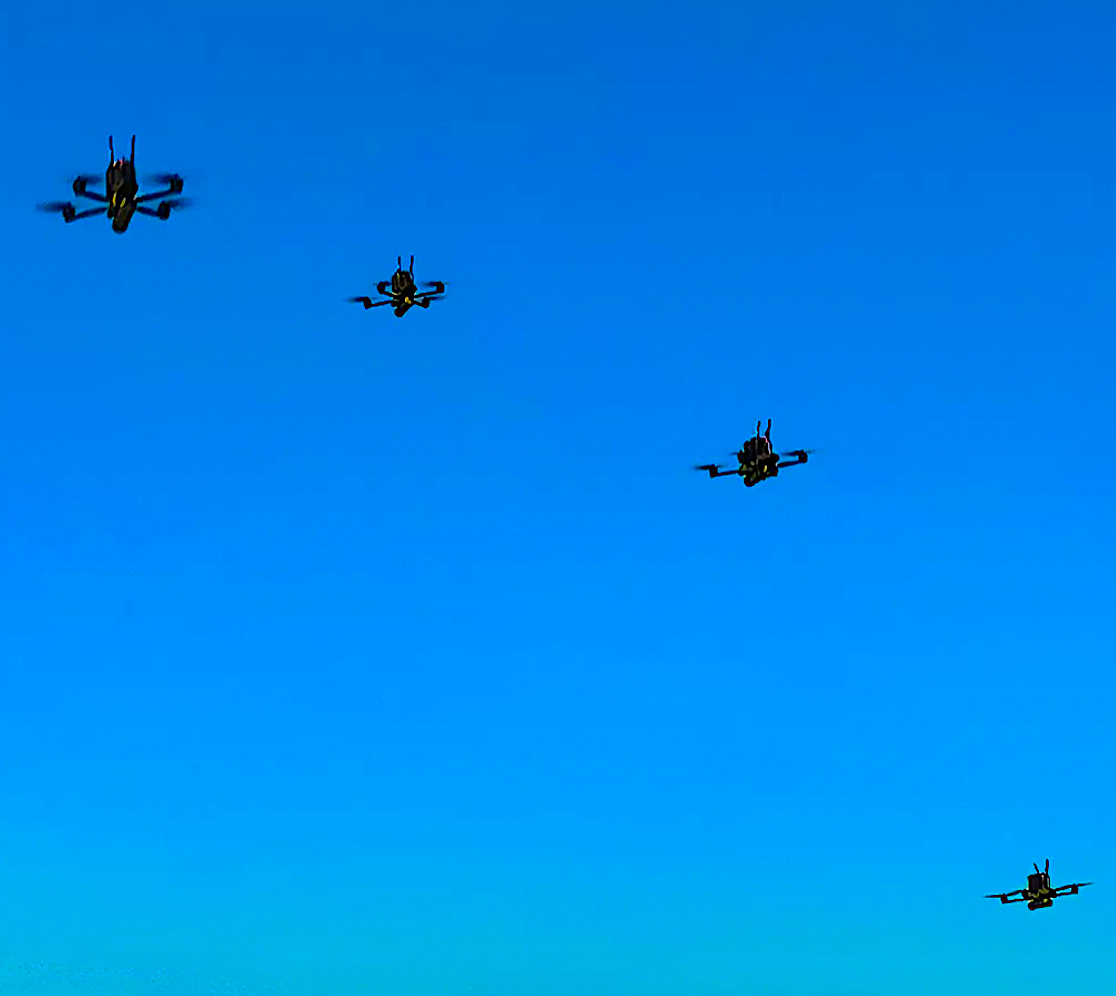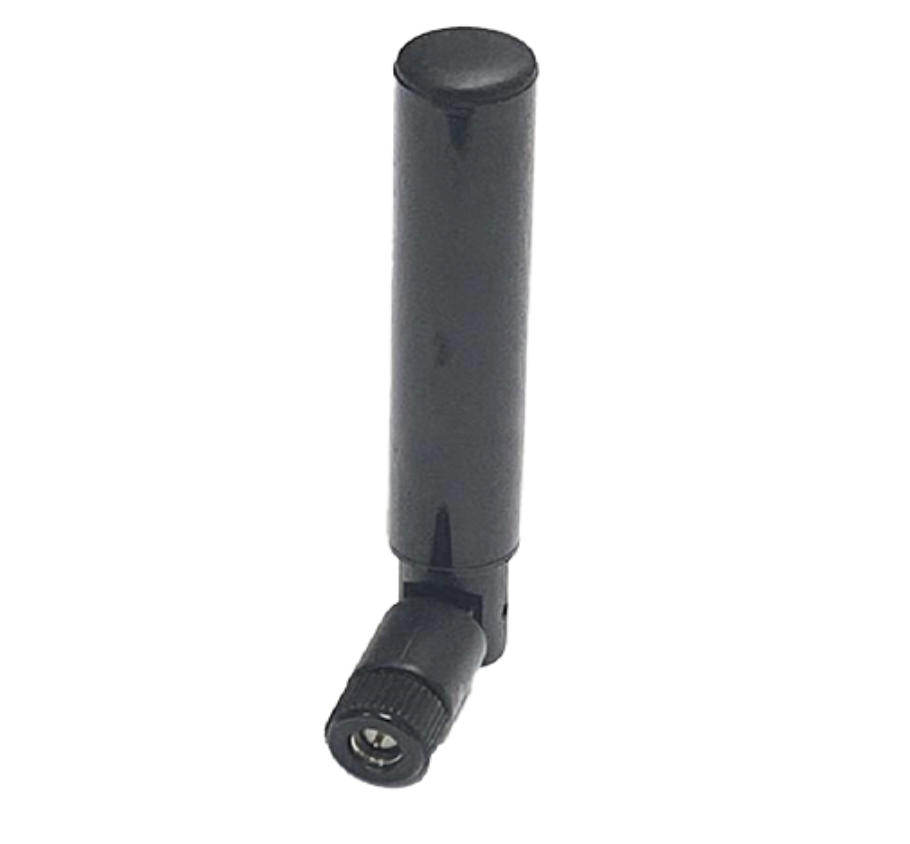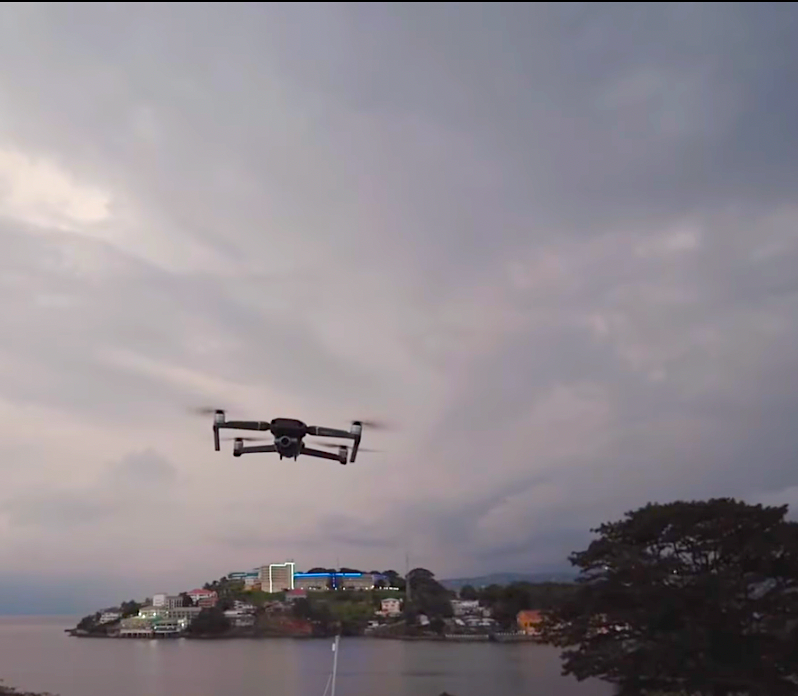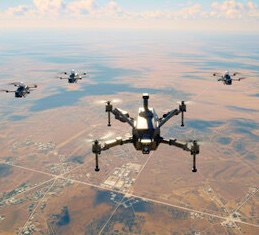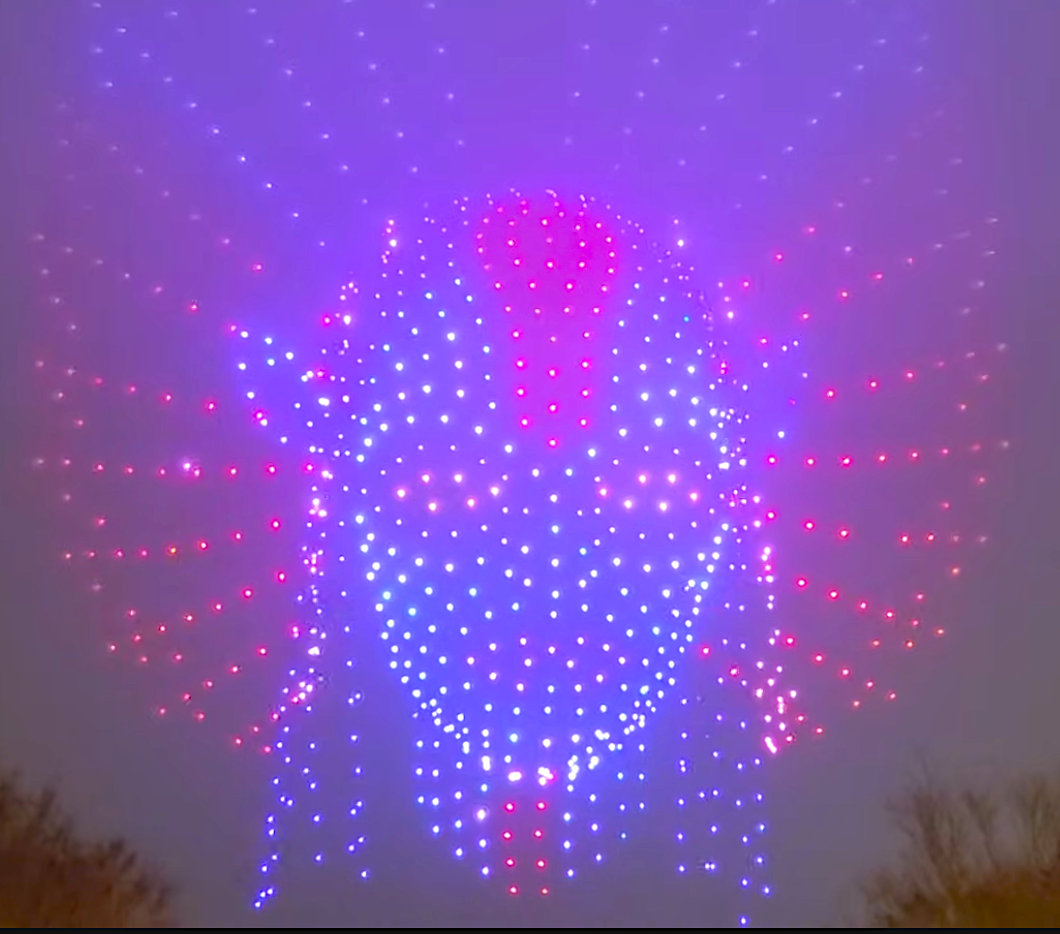Featured NewsTrending NewsMilitaryU.S. Navy Developing Drone Super Swarms
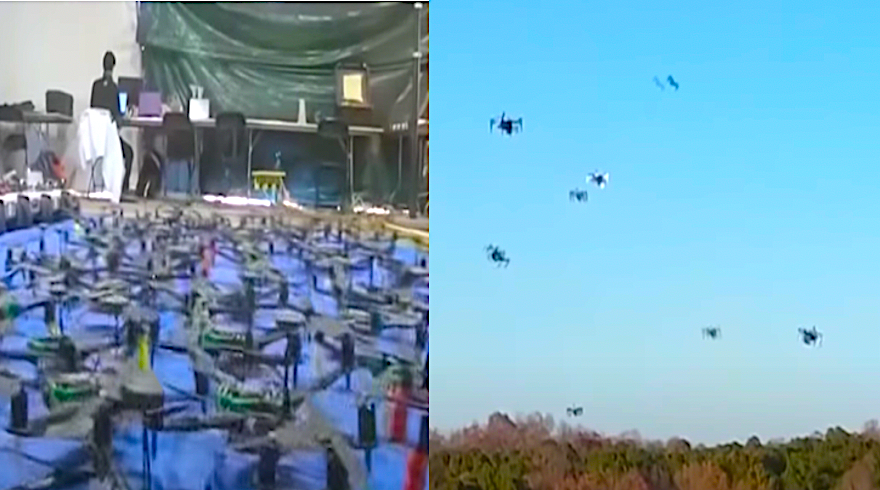
26 October 2022
Like the Biblical locusts that were one of the ten plagues of Egypt, the United States Navy is devising methodologies to send swarms of small drones to overwhelm the defenses of an enemy.
The success of Ukrainian freedom fighters deploying drones against a massively stronger Russian invasion force has proven that drones can be formidable offensive weapons. But each drone must be controlled by its own pilot.
Drone-swarm technology, however, seeks to control hundreds—or even thousands—of drones with a single operational source, be it a human managing synchronized drone algorithms or autonomous AI software. (Small wonder military AI startups are experiencing booming business.)
Many countries—such as China, Russia, India, and Israel—are already working on drone swarms. Israel, in fact, became the first nation to the battlefield in May 2021, when it used drone swarms against Hamas. While the U.S. Navy is not revealing its work in this field, budget numbers reported by MIT Technology Review seem to point to a "Super Swarm" project.
The Navy has hardly been standing idle, though. In 2017, it tested a swarm of 30 drones, and in April 2021, a Navy swarm attacked a ship during a war-game exercise.
“A drone swarm could attack from multiple angles, aiming to damage or destroy critical systems like radar antennas, deck guns, and weapons systems,” says Zachary Kallenborn, a policy fellow at the Schar School of Policy and Government at George Mason University.
The clues in the budget documents reveal the U.S. Navy is likely seeking "multi-domain operations" of drone swarms launched from ground vehicles, submarines, aircraft, and ships. There's even evidence of marsupial systems or motherships—large UAVs that can carry a multitude of smaller drones. The budget documents also suggest swarms can be an answer to the challenges of "anti-access/area denial"—or A2/AD in military jargon—where advanced missile systems are poised to beat back U.S. forces. The swarms would theoretically break through these defenses and neutralize radar systems and defensive and offensive weaponry.
“Just as Amazon envisions a world of both robotic 18-wheeler trucks for bulk and small delivery drones for the final mile, we’ll likely see the same with their military parallels,” says Peter W. Singer, a strategist at the think tank New America and an authority on drone warfare. “Anyone who argues swarms of drones won’t appear on a future battlefield is one day going to sound like the people who once argued that the submarine or tank or airplane were mere science fiction.”

